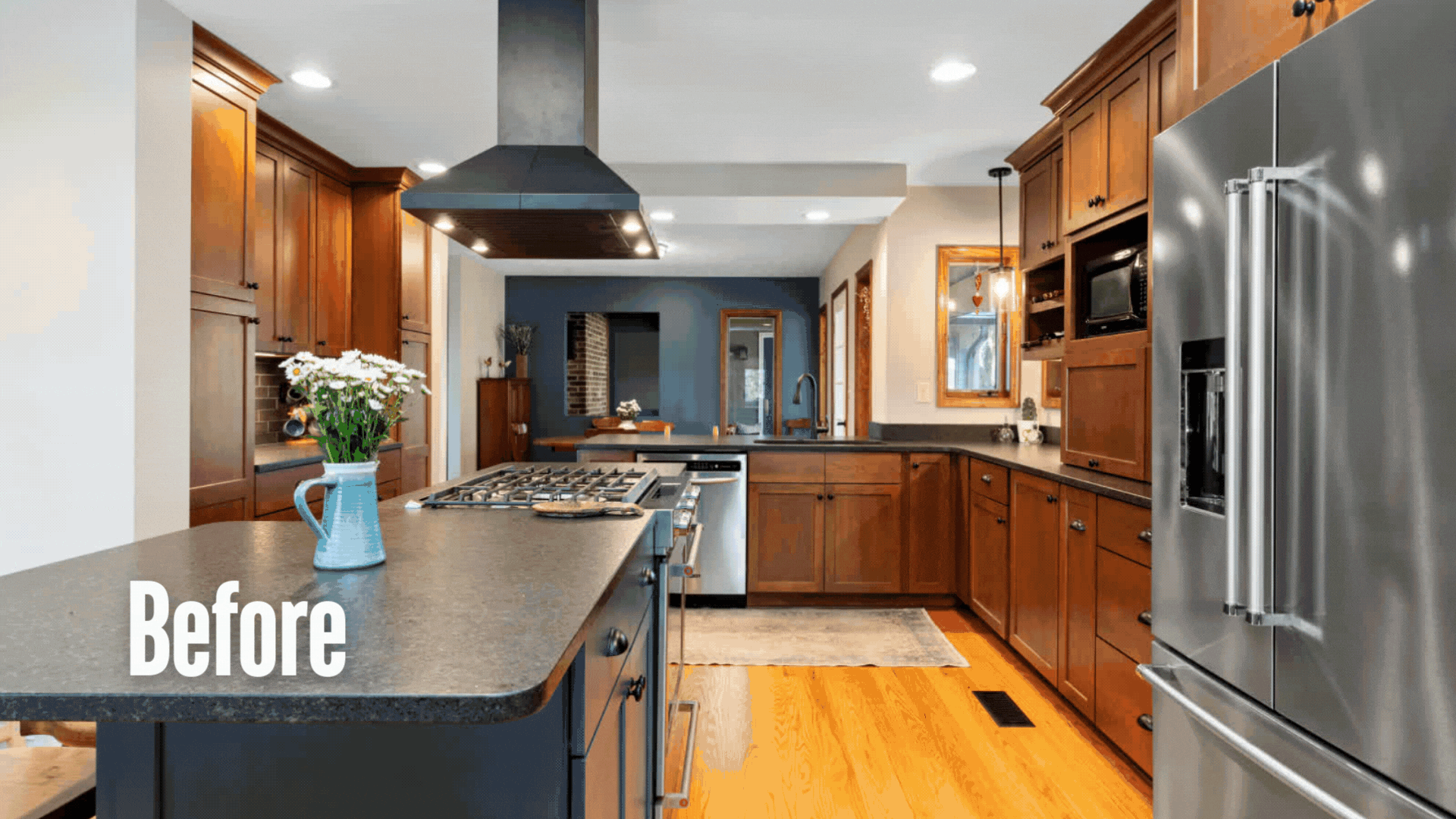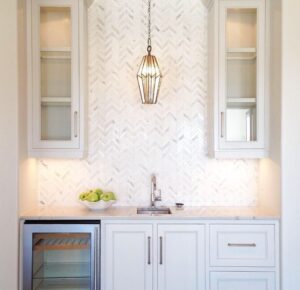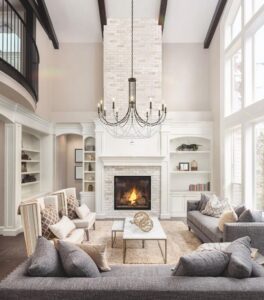Financing Your New Custom Home Made Easy (Loans, Tips, and More)


You’re ready for an upgrade. Yes, you’ve done your research on all the specs of your new custom home. You’ve even picked a builder and the type of materials you want.
Now all that’s left is to figure out how to pay for your new lifetime home. For over 20 years, through pandemics and recessions, WA Construct has helped many satisfied customers by providing custom home financing options for their new forever home. We’ll describe everything you need to know to successfully finance the new custom home of your dreams.
Types of financial loans (and options) available
For those in the market to build their new lifetime home, there are a few different ways you can go about securing funding for your new custom build.
Pour yourself a glass of your favorite beverage and come along for the journey as we discuss the details, advantages and disadvantages of, and requirements to obtain each of these loans.
1. Lot/Land Loans
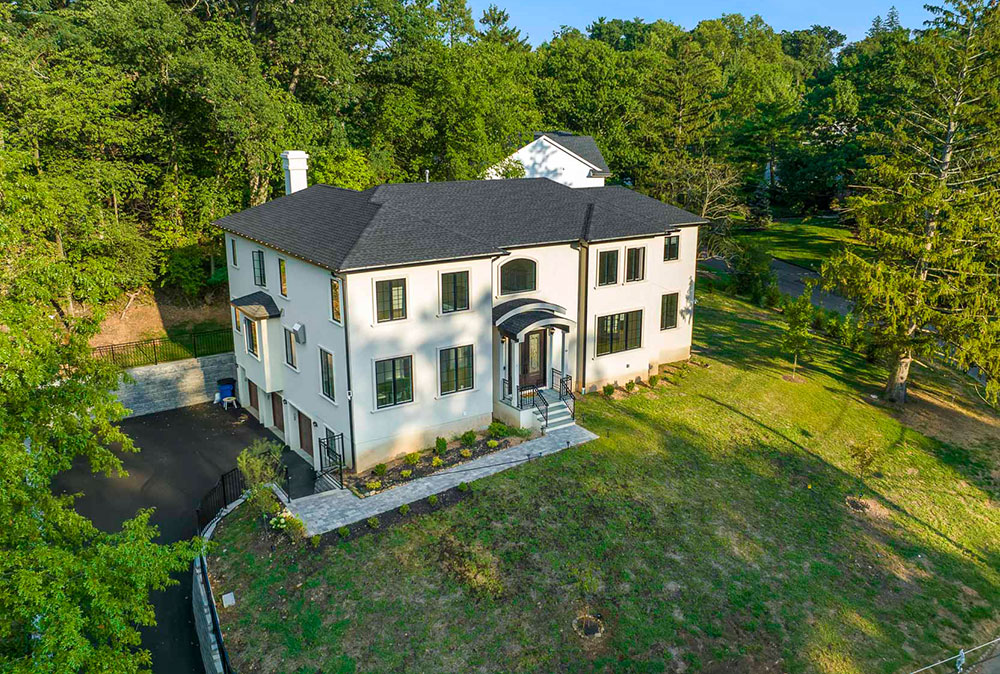

When it comes to building your new custom home, you’ll have the option to buy the lot on which your new home will be built. Since most custom home builders don’t usually own the plot on which homes are built, many homeowners choose to purchase the land themselves.
1.1 The Process for Securing a Lot Loan
You might be wondering, “How do you secure one of these loans?” To secure finances for the land for your new home, you first need to apply for a land loan.
Next, an inspection and appraisal is conducted on the land. The inspection process is fairly quick, and the inspector will give you an accurate estimate of the value of the land.
Finally, once the land loan is approved, the approval process can take as little as 30 days to close the loan. Generally, most banks and credit unions have land loan programs in place, so you can always reach out to your financial institution of choice and inquire about the process of acquiring a land or lot loan.
1.1.1. Advantages of Land Loans
You may be moving to a new state and know where you want to live, but have yet to move, research, or find builders for your new custom home. Buyers who know where they want to build and live — but don’t necessarily know yet what they want to build — will find lot loans helpful.
Homeowners who are ready to secure land but are not yet ready to build will find lot loans attractive and to be their preferred loan of choice for their new custom home. With a lot loan, you’ll have peace of mind in picking the right design-and-build team for your needs, knowing you’ve secured funding and don’t need to build right away.
1.1.2. Disadvantages of Land Loans
Most lenders will check your credit before giving you the stamp of approval for a loan. Lot loans in particular require people to have a very high credit score and therefore are often more difficult to secure than a traditional standalone construction loan.
Lot loans also tend to require a larger down payment than a traditional construction loan. You might also see higher rates and fees — both of which could fluctuate depending on the market.
Some design-and-build firms cater directly to the client by providing prospective clients with WA Construct can expect details about financing request upfront quotes and estimates to be provided within one to five business days of the initial request. In other words, we’ll reply with a quote right away.
If not a quote on a lot or land purchase, most builders can help you secure the more common building loan — construction loans.
2. Construction Loans
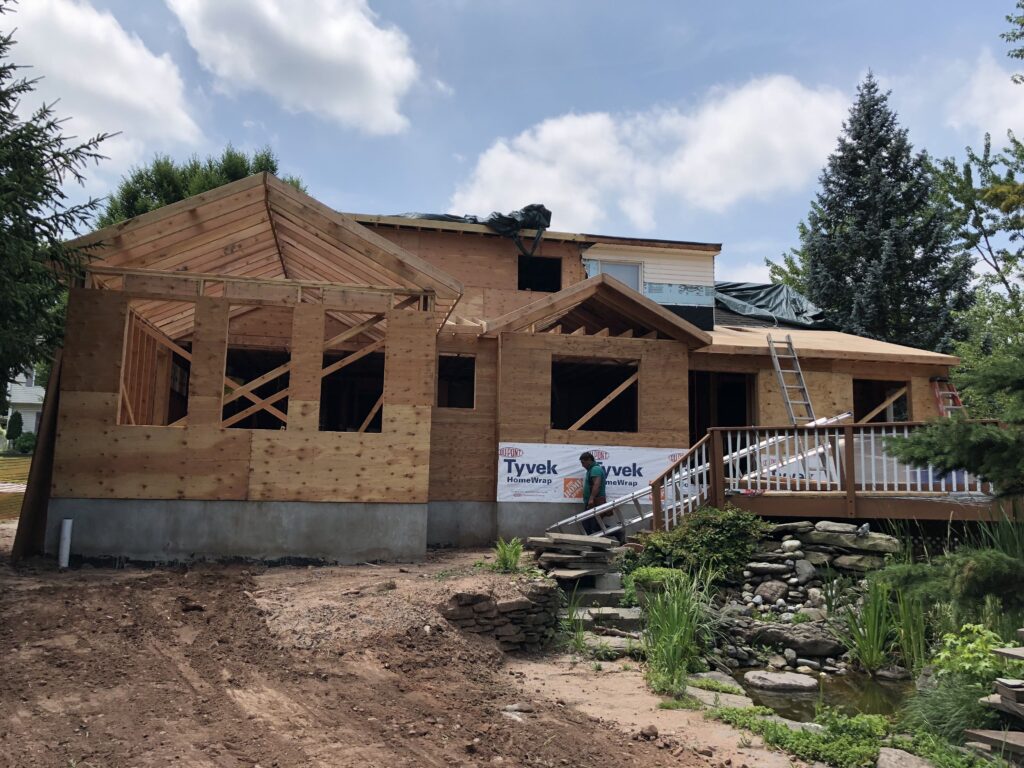

For those who have their kitchen or bathroom builder in mind and are eager and ready to break ground, a home construction loan may be of greater interest.
Since construction loans tend to be the more traditional route for financing a custom-built home, many lenders offer different types of construction loans.
A one-time construction loan — also known as a construction to permanent loan — is a type of construction loan where you only close once on a loan (more on this type of loan later in this article). When borrowers take out a loan, the initial construction loan they took out will convert into a long-term mortgage when the construction is complete.
On the other hand, a two-time construction loan is — like its namesake — a two-part loan in which a preliminary short-term construction loan is offered, and then borrowers apply for a traditional mortgage once the custom home is built and complete.
Both loan types have pros and cons attached to them, so it’s important to do your research before applying for and securing a construction loan.
2.1 The Process for Securing a Construction Loan
Many banks and credit unions offer construction loans, but your best bet for securing a construction loan will be to reach out to a locally-owned bank or lender, as locals often cater to the local community’s needs to a greater extent than a traditional brick-and-mortar national bank.
The process of securing a construction — or construction to permanent — loan because the lender is providing money for assets that have yet to be created. There’s a greater risk to the lender since the appraisal includes only the builder’s submitted plans, specifications, contracts, and budget to back up the builder’s appraisal of the new home (hence the complex nature of securing a construction loan).
Once the loan is secured, the lenders will set up a “draw” process where the lenders request funds each month to fund the home-building project. Construction loan lenders then send out an inspector to verify that the work on the home has been completed, and the lender then disperses funds as needed to fund the builder, building materials, and more.
Whew, you made it all the way here! As you can tell, the process of securing a construction loan is lengthy, so give yourself some time to digest this information.
Take a quick sip of that beverage you just poured, and when you’re ready, we’ll jump next to the advantages of opting for a construction loan for your new custom build.
2.1.1. Advantages of Construction Loans
Construction loans tend to have more advantages than disadvantages.
You’ll likely have the opportunity to lock in a fixed interest rate with a construction loan and only need to pay interest during construction when it comes to opting for a construction loan.
This type of loan is very helpful for people who have a strong grasp of how much their project will cost and who are ready to borrow while interest rates are low.
2.1.2. Disadvantages of Construction Loans
Construction loans are also not available at all financial institutions and are generally short (about 12-18 months).
Closing costs may also change based on fluctuations in the market, and different providers may require different upfront fees.
Whether you decide on a one-time or two-time loan, construction loans tend to require higher qualifications and tend to be riskier loans for construction and mortgage lenders.
While it’s possible to secure lower interest rates on a two-time construction loan (more on this later in the article), you might find yourself paying more to secure extra financing for a traditional mortgage.
Depending on your building project, home construction loans could be an asset or a boon as you build your dream home. Before ruling out construction loans altogether, consider asking your home builder about the potential for an after-construction loan before securing financing for your new dream home.
3. After-Construction Loans
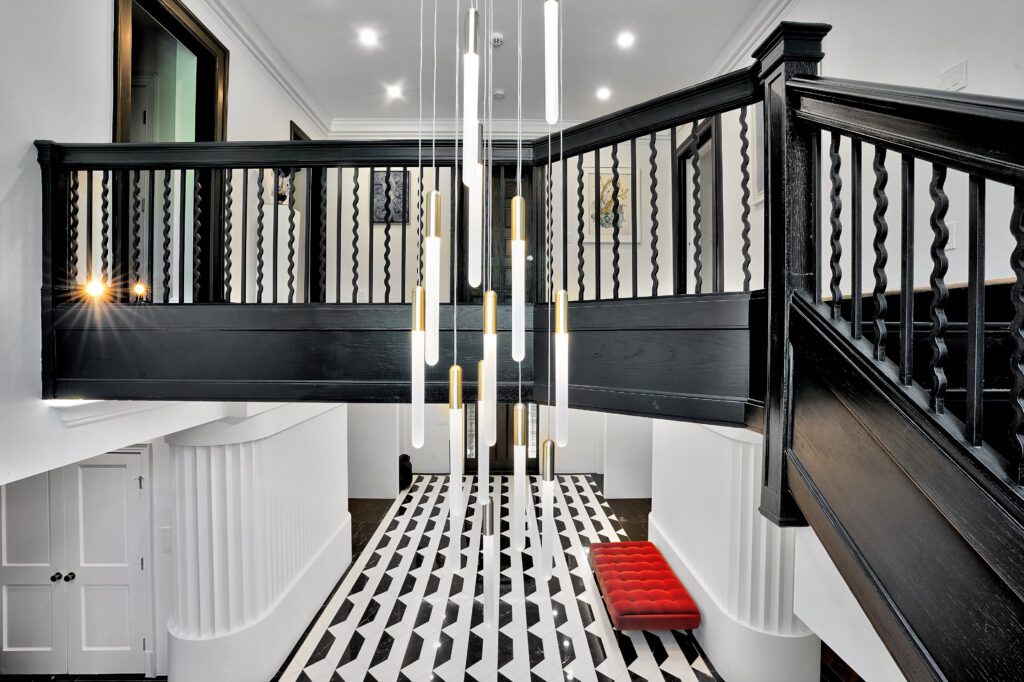

Perhaps you’re ready to build and therefore don’t need a lot loan, but also aren’t looking for a flexible short-term construction loan. You’re ready for a construction to permanent loan and a traditional mortgage to reduce closing costs.
After-construction loans are loans that convert into permanent loans — or a traditional mortgage. There are two ways to secure an after-construction loan: through refinancing or one-time close loan process.
3.1. Refinancing
As you complete construction, you can secure an after-construction loan — also called a traditional mortgage — by going through the loan process once more. Most banks offer flexible fixed-interest programs or adjustable-rate mortgages (ARM) for those ready to secure funding for the long term.
Like lot and construction loans, there are pros and cons to going with a typical mortgage versus a construction loan.
3.1.1. Advantages of Refinancing
When refinancing, you’ll have options to lock in a lower rate long-term. You’re also able to withdraw funds from the equity you’ve built up on your home.
These disbursed funds can be used on home improvements and repairs, which can then help increase the value of your home once more (it’s a wonderful cycle). You can turn the money used for your initial building project into a valuable source of equity for the future.
3.1.2. Disadvantages of Refinancing
While monthly payments may be lower, and you may be able to pay off your loan faster, you may not always break even in the process.
At the same time, if you pay off your loan faster, your monthly payments could increase, leaving you to reconsider your monthly budget once construction is finished on your newly completed home.
If in doubt about which route to go, don’t hesitate to reach out to your home builder for guidance. Once you and your home builder conclude which loan you wish to secure, make sure to have the details of your new home financing plan written up in the construction contract to avoid any confusion — or worse yet trouble — for either party.
3.2. One-time Close Loans
As mentioned earlier, one-time close loans — also known as construction to permanent loans — can be helpful for borrowers, as this loan automatically converts their initial construction loan into a long-term mortgage once construction is complete. Many borrowers opt for a one-time close loan because these loans tend to be less risky, and borrowers won’t need to go through the loan requalification process a second time.
Like other loans, one-time close loans have their advantages and disadvantages.
3.2.1. Advantages of one-time close loans
With a one-time close loan, borrowers need only go through one approval, closing, and cost-finalizing process when building their new dream home. It’s also easier to lock in a lower interest rate from the start, as most lenders tend to be less concerned about variations in these rates over the long haul.
Lenders require that borrowers pay interest only during construction. This type of loan is very helpful for homeowners who have a clear picture in their heads of what they want to build and for those who build while interest rates are low.
3.2.2. Disadvantages of one-time close loans
Let’s say the building process is taking longer than you initially thought. Since many one-time close loans require you to lock in loan rates based on the anticipated finish date of construction on the existing property, if your home builder projects a later anticipated finish date (as is often the case), interest rates will rise as the length of time needed to close extends farther out.
If you’re lucky enough to have a home builder that pays if there are delays on the construction side (as is the case with WA Construct), you’ll want to speak with your construction company to determine how the delays will affect the terms and conditions of the granted loan.
3.3. Two-time close loans
Two-time close loans are home construction loans that go from construction to permanent financing for your new home. While you’re building a new home or getting a home additions, homeowners can secure financing and borrow money to help build their new home or remodel their existing house.
These construction loans are two discrete loans with two separate approval and closing periods. Depending on your financial situation, you could benefit from applying for a two-time construction loan.
3.3.1. Advantages of two-time close loans
With these loans, you’re not locked into a fixed amount from the beginning of construction. If construction on the new or existing home goes higher than the agreed-upon construction loan amount, borrowers won’t have to secure extra financing, as the added traditional mortgage is set up to help finance the home.
Borrowers will also benefit from a two-time close loan by being able to secure lower interest rates on the second loan amount. Overall, the two-time close loans offer more flexibility: if you extend past the construction period offered, you can always go back to your permanent loan and make changes — that is if your two-time loan application process allows for the change.
While most two-close loan processes do allow for this change, check with your lender or financing specialist to confirm this is the case before signing on a two-time close loan.
3.3.2. Disadvantages of two-time close loans
You may be paying more with a two-time close loan, as the application process is a bit more involved, and the loan tends to be riskier.
Why? For example, if you’re approved for the first construction loan but then lose your job or develop credit problems in between the approval of the first loan and the second loan, it might be a bit tricky being approved for your second loan.
The result? Delays in — or worse yet a full stop to — the building of your new home. Homeowners will want to have solid credit and stable financial history when securing each separate loan.
Borrowers will want to project how they’ll spend their money during the construction process and how the market will fluctuate throughout the construction process. Having these considerations in mind will help borrowers determine if a two-time close loan is best for their building situation.
With the right planning, both one- and two-time loans can help homeowners finance their new custom homes and satisfy both their and their lender’s needs.
4. Financing Made-Easy w/ WA Construct
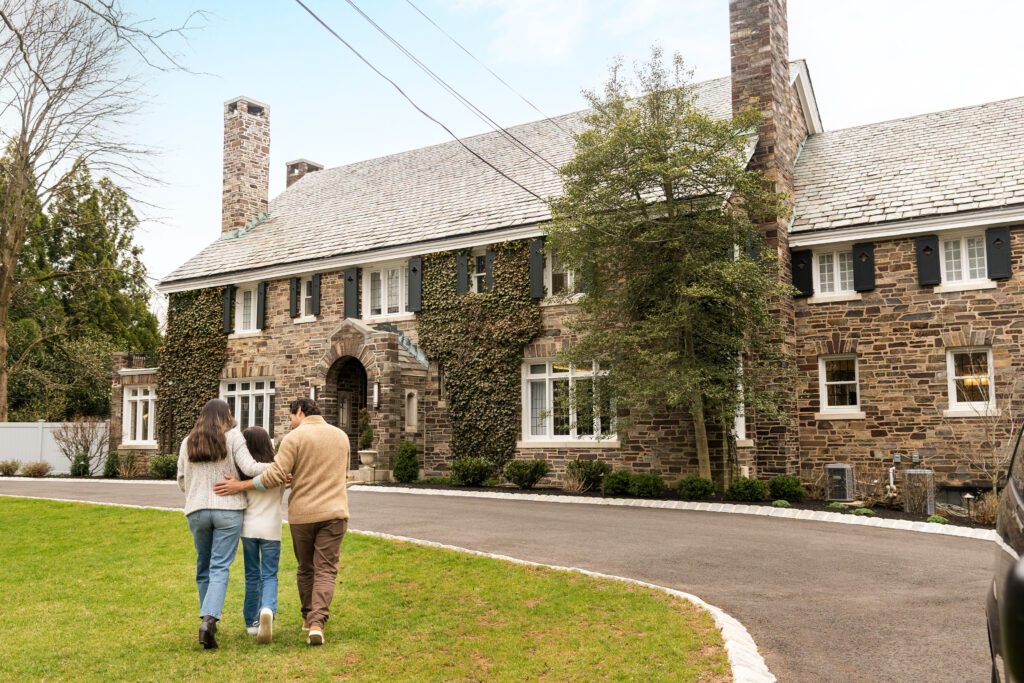

Whether bathroom or kitchen remodeling or starting a building plan for a new custom home, it’s crucial to go into the process with eyes wide open. We recommend setting a realistic budget and timeline for your new home build to ensure you don’t miss any of the details needed to create the home of your dreams.
With WA Construct, we can offer next-day quotes to expedite the approval process on your new home construction loan. Should you have any additional questions or comments regarding the approval process — or about construction loan requirements in general — don’t hesitate to contact us at any point by email, phone, or in person.
We’d be happy to help you with all your custom home financing needs.


